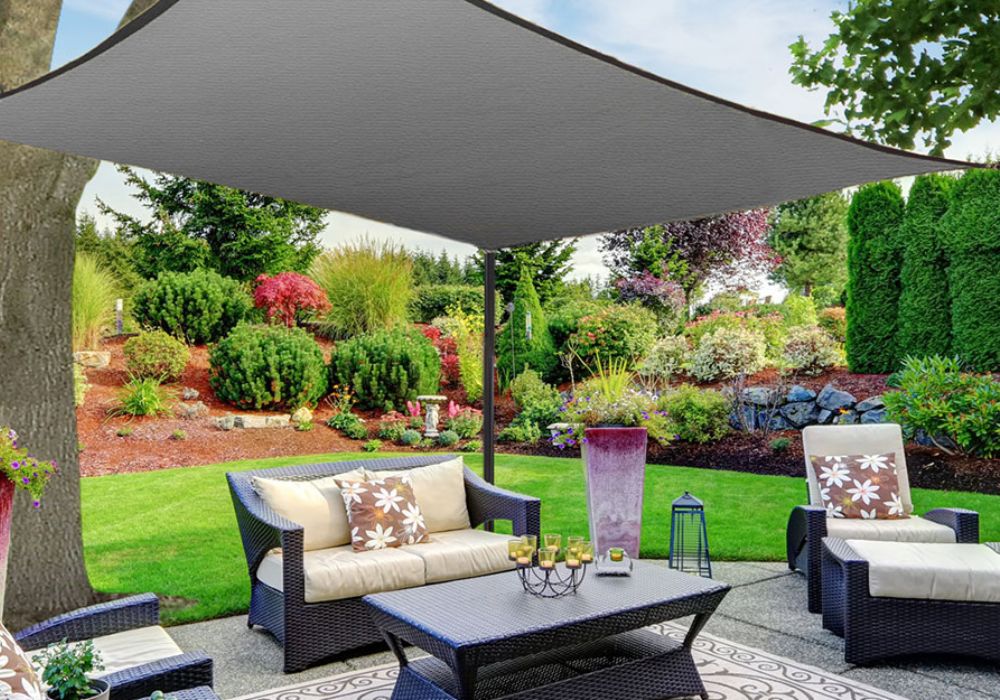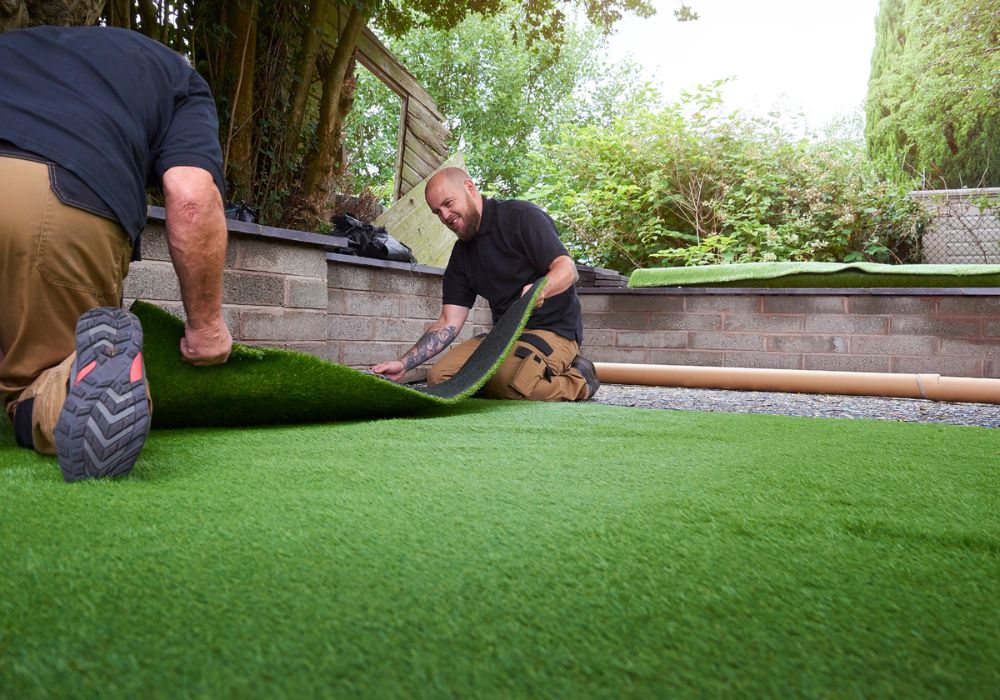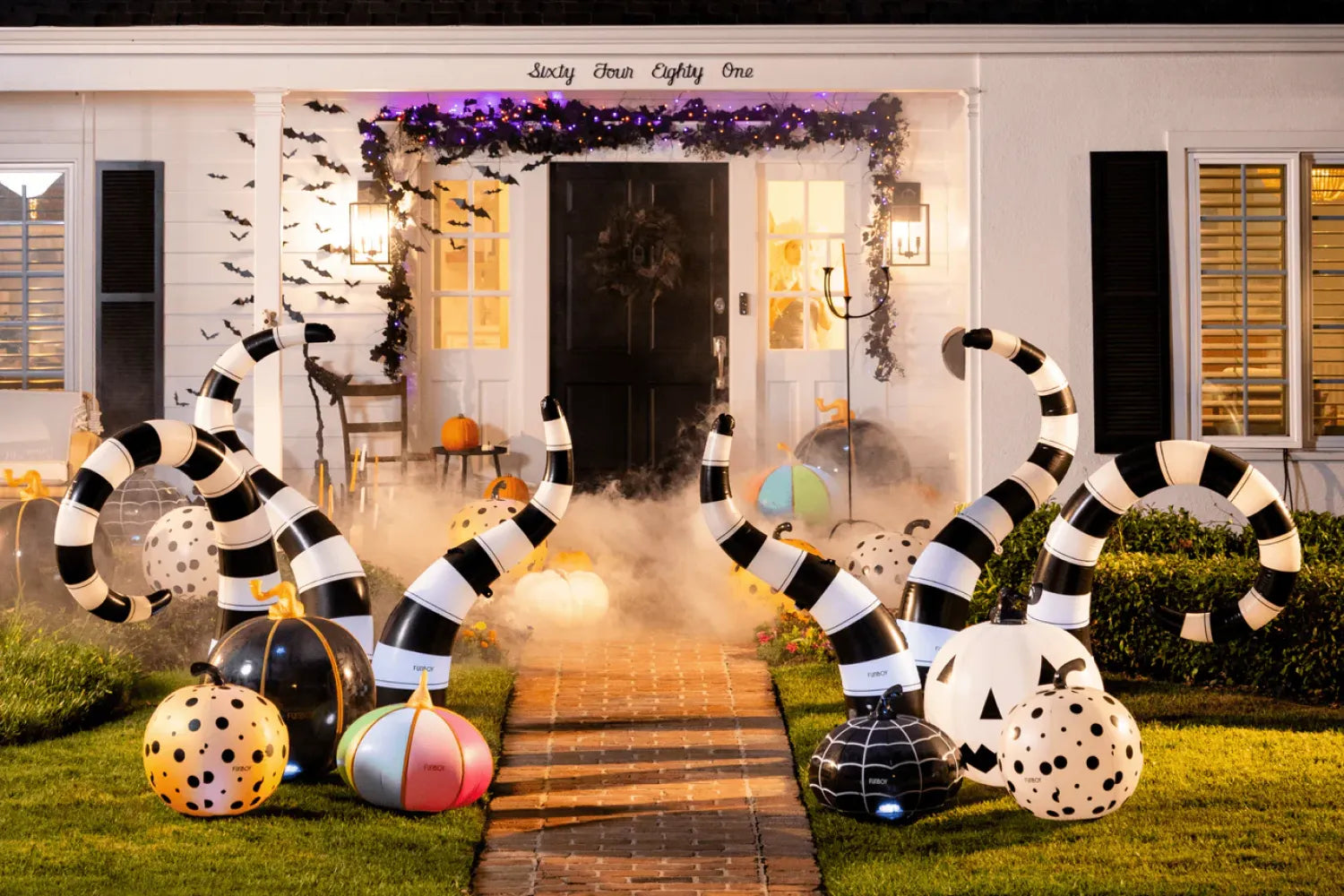Bricks are a versatile material that can be used creatively in garden design. Durable and attractive, bricks can withstand weather extremes while adding visual interest and structure to outdoor spaces. With some imagination, bricks left over from construction projects can be repurposed into functional and beautiful garden features.
In this article, we will explores 12 innovative ideas for incorporating bricks into the landscape.
Garden Stairs

Stepped garden stairs provide a safe and attractive way to navigate changes in ground elevation. Brick is an excellent material for creating garden steps as it is slip resistant and can withstand weathering over time. Stacked brick steps flanked by colorful plantings turn a problem area into an eye-catching focal point and allow easy access throughout the yard.
Proper installation methods should be followed to ensure long-lasting, structurally sound stairs.
Brick Edging

Outlining garden beds with brick edging creates defined spaces and prevents soil and mulch from spreading. Bricks laid flat on the ground or on their sides provide a durable, low-maintenance border. This is an elegant alternative to plastic or wood edging. Interlockingbrick pavers work particularly well and stay securely in place year after year. The linear brick edges also add visual interest and structure to the landscape design.
Retaining Wall

A brick retaining wall is a practical way to create level spaces on sloping ground.
By lining the wall with landscape fabric and backfilling with soil, erosion is prevented and a flat surface suitable for planting is established. Brick retains its shape over the long term and requires little upkeep. An arched or serpentine brick wall defines the space while adding aesthetical appeal.
Proper drainage should be incorporated for long-lasting performance.
Brick Pathway

Nothing completes a garden like a well-laid brick pathway. It provides a sturdy, attractive surface for walking between garden destinations without disturbing plantings. Establishing pathways reduces foot traffic across planting beds. A herringbone or basketweave pattern adds visual interest. Consider integrating additional materials like flat river stones for accent. Regular sweeping keeps pathways looking their best.
Moss Garden

Moss thrives in shady, moist conditions and can be cultivated between bricks arranged in innovative patterns. Buttermilk or beer added to the soil encourages moss growth. Within weeks, a lively carpet of green will emerge.
Over time, different textures and hues of moss develop, resembling a miniature landscape. This “garden” requires no watering or weeding—just periodic trimming—and adds softness and charm to a shaded yard.
Succulent Garden

In hot, sunny spots, bricks laid closely together provide perfect support for drought-tolerant succulents. Different brick colors, tones and textures enhance the varied foliage of echeveria, sempervivum and other succulents. Leave small gaps between bricks to allow for drainage and air circulation to roots.
This decorative, low-maintenance display brings the look of stark southwestern gardens indoors. Simply remove plant pots over winter for protection from frost.
Mailbox Pedestal
An ordinary metal mailbox is transformed into an attractive focal point with a pedestal of bricks. Stacked and mortared securely into place, this base shields the post from damage while adding curb appeal. Consider including stones or tiles inlayed into the mortar for visual interest. Check local regulations for any restrictions on mailbox construction near roads. The sturdy brick pedestal will withstand weather and last for many years.
Compost Bin

Ventilated bins made of salvaged bricks encourage proper composting by retaining heat generated within. Circular, square or rectangular designs allow batches of kitchen scraps and yard trimmings to break down into nutrient-rich soil amendments. Gaps between bricks control moisture levels and ensure adequate air flow. Well-composted material improves soil structure and supplies plants with nutrients for healthy growth.
Planters
When stacked, bricks form tidy garden vessels that become extensions of the surrounding hardscaping. Linear brick planters define space while providing ample soil volume for an assortment of herbs, annuals or succulents. Irregular brick shapes produce charming planters that bring whimsy and visual appeal.
Durable and affordable to construct, brick planters blend beautifully with Materials to enhance the surrounding landscape.
Birdbath Pedestal
A pillar of bricks serves as a sturdy base for an elegant birdbath, dish garden or ornament. Mounted on a brick column, baths filled with water and gravel are hands-free for busy feathered friends. Dish gardens on pedestals allow customized plant combinations to shine. Sculptural elements atop brick columns provide focal points. Birds, pollinators and the gardener all appreciate eye-catching installations that integrate seamlessly with the paved landscape.
Fire Pit

Whether built into a patio or freestanding in the lawn, a stone or brick fire pit invites socializing outdoors. For safety, line the interior with firebrick before adding a surround of decorative pavers or chunks of decorative aggregate. Include gravel or sand inside the pit for snuffing flames. On cool evenings, nothing beats gathering with friends around a cheerful fire to share stories and s’mores. Proper construction ensures safe use for many nights to come.
Seating Area

For comfy outdoor lounging, a courtyard of flat bricks bordered by container plantings creates an intimate seating area. Or wrap a half-wall of overlapping bricks around several chairs for a cozy seating nook. Bricks laid in random patterns or geometric arrangements hold the space together.
Surround the furniture footprint with crushed gravel or mulch for a polished look. Watching the world go by from a brick-built perch is a satisfying way to unwind at the end of a busy day surrounded by beauty in the garden.





